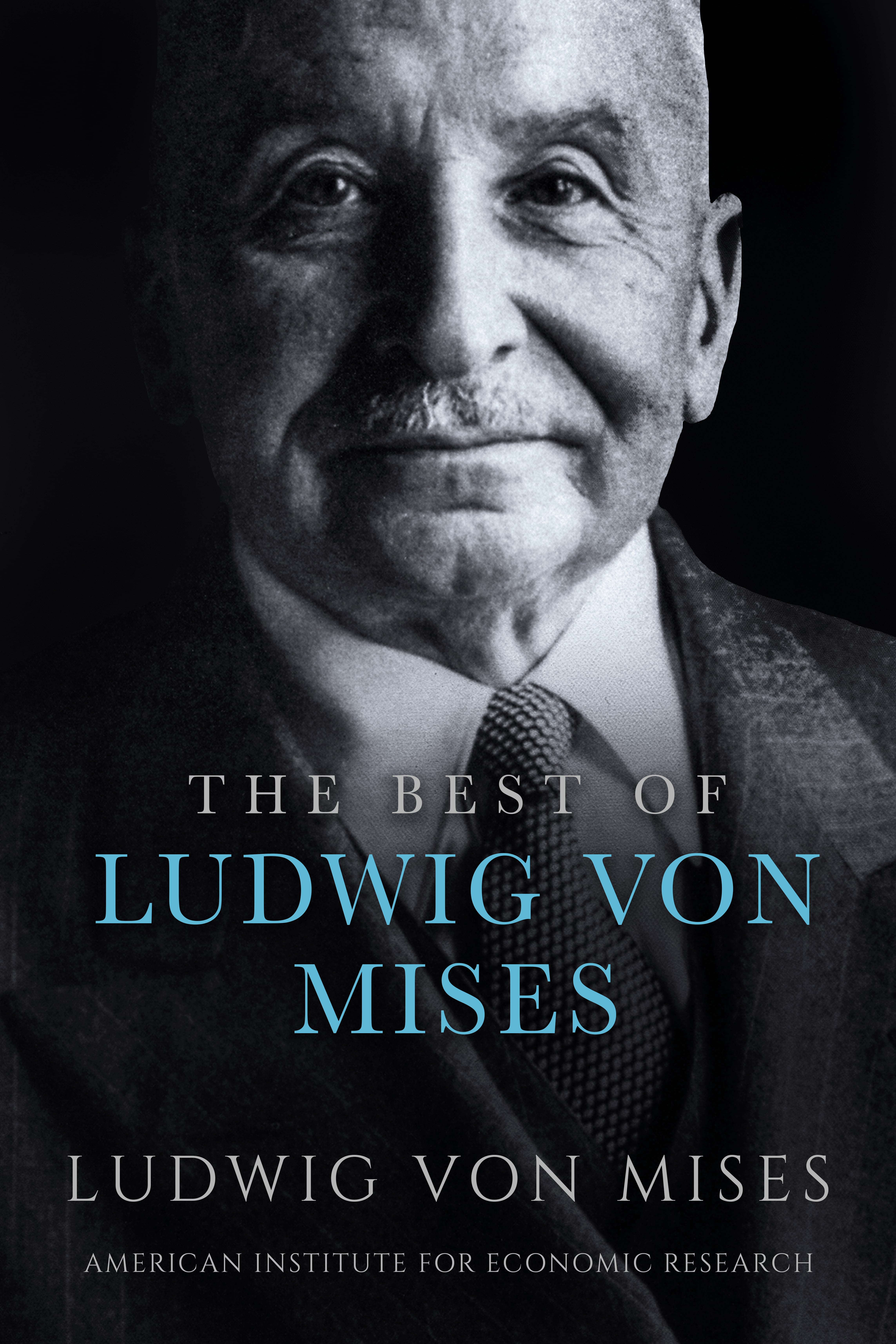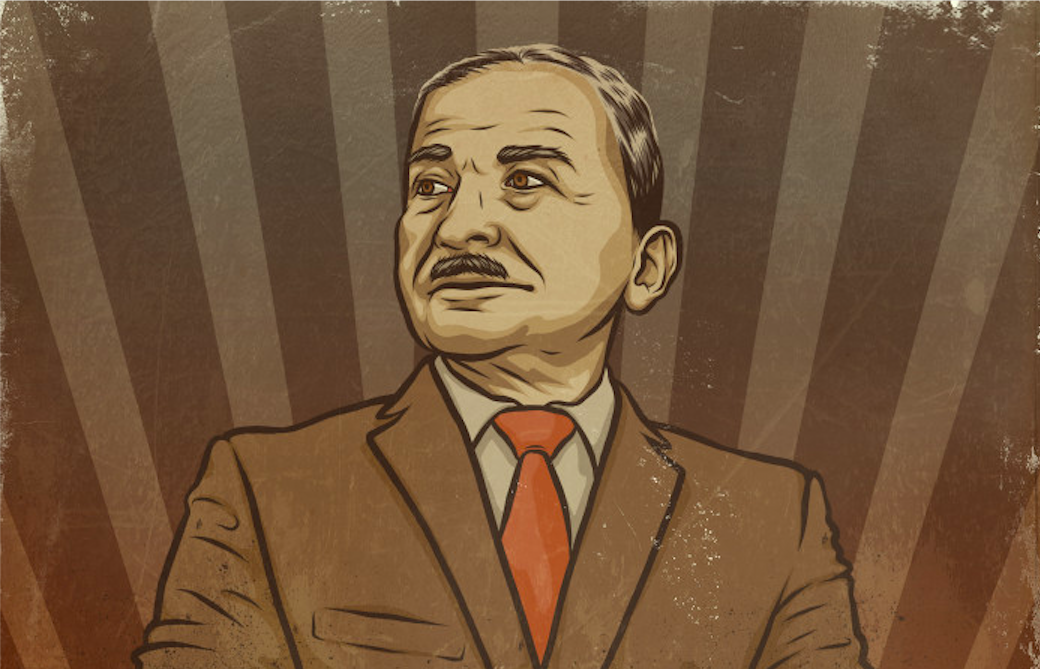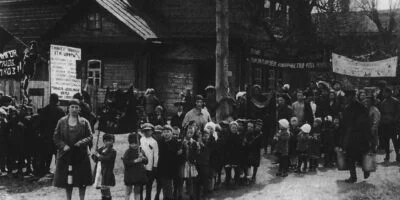Presenting: The Best of Ludwig von Mises
It’s a seemingly impossible task to select the “best” of Ludwig von Mises (1881-1973) whose teaching and writing career spanned six decades and whose literary output includes several mighty and timeless treatises on political economy. They were not written in isolation from the real and often horrifying events of the 20th century; they were heavily informed by the brilliance and tragedy of his life experiences – including as a refugee forced to flee his home in Vienna first to Geneva and finally to the United States – in battling every form of totalitarianism.
I’ve been reading his work since the dawn of my intellectual consciousness – I would go further to say he gifted me that consciousness – but I’ve yet to discover the end of his capacity to illuminate the world around us. I never fail to profit from re-reading even the books I think I understand best. I will pick up just about any of them and let me eyes fall on any page and find myself massively engaged in a learning project – even if I’m pretty sure I’ve read this particular passage multiple times before.
Learning from Mises is a lifelong project.
And yet, there is a need for this book published by the American Institute for Economic Research: The Best of Ludwig von Mises. It’s a tremendously beautiful book with vast insight and brilliance. The typesetting is gorgeous, with a timeless style that highlights the immense significance of the thoughts contained. I urge you to pick up a copy, or a 100 of them to hand out.
We’ve printed this book as a gift for supporters of our Mises/Marx rap battle video, which you can still support now. You can also buy it separately.

Why We Prosper
We begin with the sweeping history of the rise of modernity through the gradual emancipation of the world through the ideas of freedom. Liberty and Property was delivered in 1956 as a reminder of the stakes of the great intellectual debates. The choice of freedom over control makes the difference between a life of dignity and opportunity over degradation and suffering. In Liberty and Property, Mises identifies the crucial difference that capitalism made: it shifted the locus of control from the elites to the common person, thereby unleashing human creativity and massively raising living standards for everyone.
What Goes Wrong
The second essay, Planned Chaos, was written after Mises was settled in the U.S., following his 6 years in Geneva (he immigrated in 1940), and it recounts the rise of socialism and fascism in Europe. It presents in the briefest possible way the intellectual origins of totalitarianism and contrasts this with freedom and free markets. This essay is painful in so many ways, once the reader realizes that this man lived through all the history he recounts here. Some insights concern the horrors of Nazism he might have been responsible for bringing to print, such as the relationship between eugenics as practiced in the U.S. and Nazi methods of demographic planning that ended in mass murder. This essay is far too often overlooked, even by Misesians.
How Markets Work
Profit and Loss is Mises’s clearest and briefest discussion of the centrality of the price system in enabling commercial function. Profit and loss are the signs and symbols of rational resource allocation, not even slightly dispensable for wealth creation and a functioning social order. Understanding this essay helps the reader see what’s really behind business functioning and its purpose in economic life. It’s almost a guarantee that anyone who inveighs against free enterprise or otherwise wants to supplant competition with regulation is completely unaware of the social function of prices.
Why Planning Fails
Next comes the earliest piece from 1920, “Economic Calculation in the Socialist Commonwealth.” In the broader economics profession, it is the best-known essay of his career. It claimed, at the very dawn of the Soviet socialist experiment, that socialism is impossible – not in the sense that it could not be tried but in the sense that socialism is utterly incompatible with economics both in theory and practice. So, he predicted, it would only produce failure. It was a conclusion that almost the whole of European intellectual culture was prepared to reject. Mises made that very difficult because his explanation was so complete.
Where Should We Go?
We end finally with a short excerpt from my personal favorite of Mises’s books, Liberalism, from 1927. The period in which he was writing is telling. The old liberalism was dying, he knew, but he wanted to write one lasting manifesto in which he could speak for liberalism as an idea. It was one last restatement before socialism and fascism swept the civilized world. The book patiently presents all the ideas chapter by chapter: trade, property, association, peace, markets, tolerance, self-determination. As he approaches the end, he gives the reader a standard by which to measure genuinely liberal movements. They rely not on manipulating the senses of the public but rather on the appeal to reason. Not through mass rallies, uniforms, strong leaders, and public agitation will we win but through sound arguments.
Thus ends The Best of Mises – the end of this book but, we can hope, not the end of the journey through the work of this brilliant thinker whose ideas belong to the ages and to us all.











